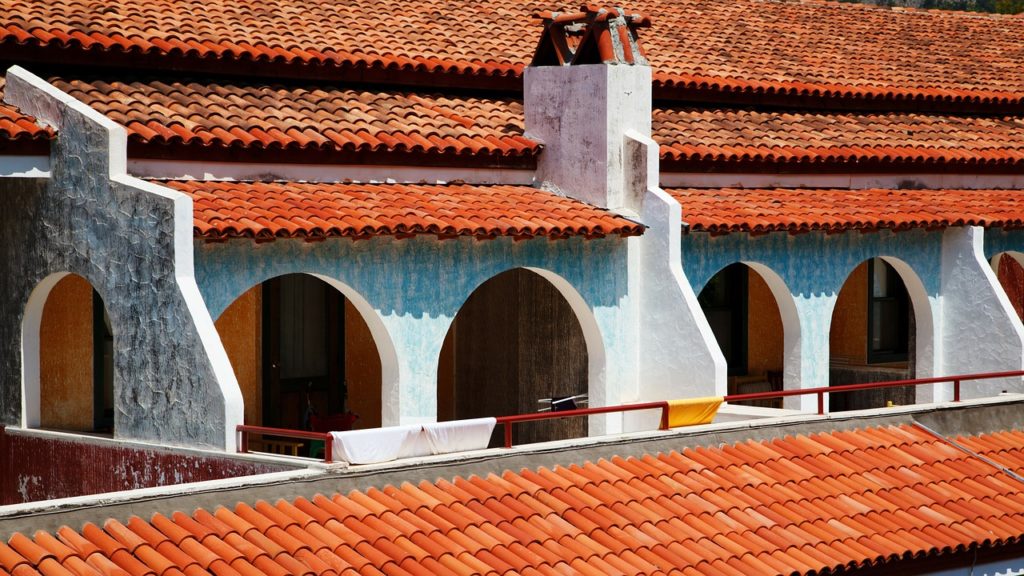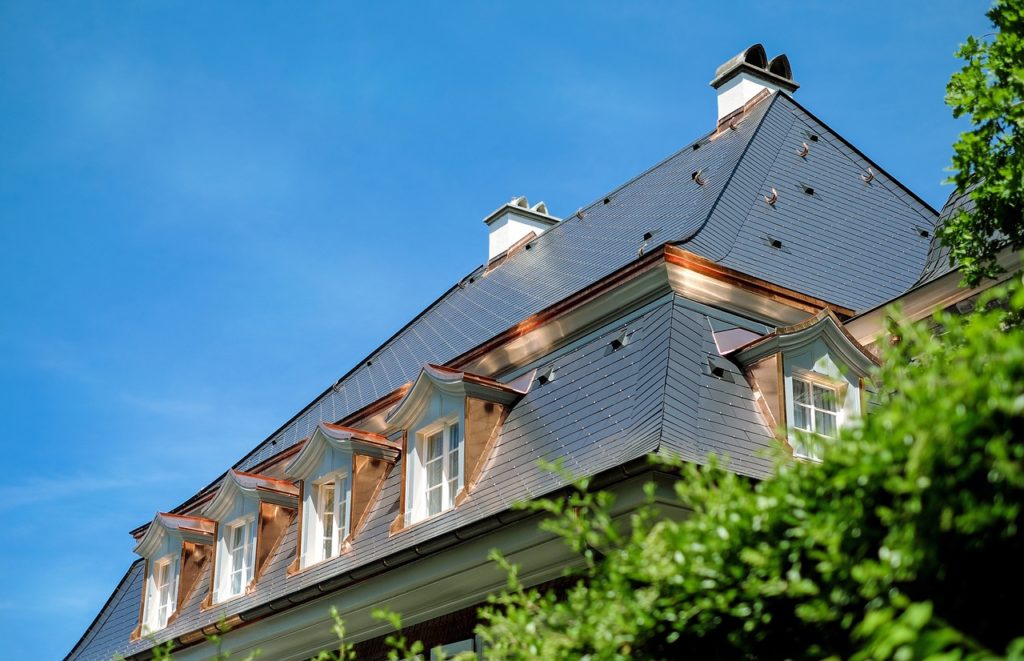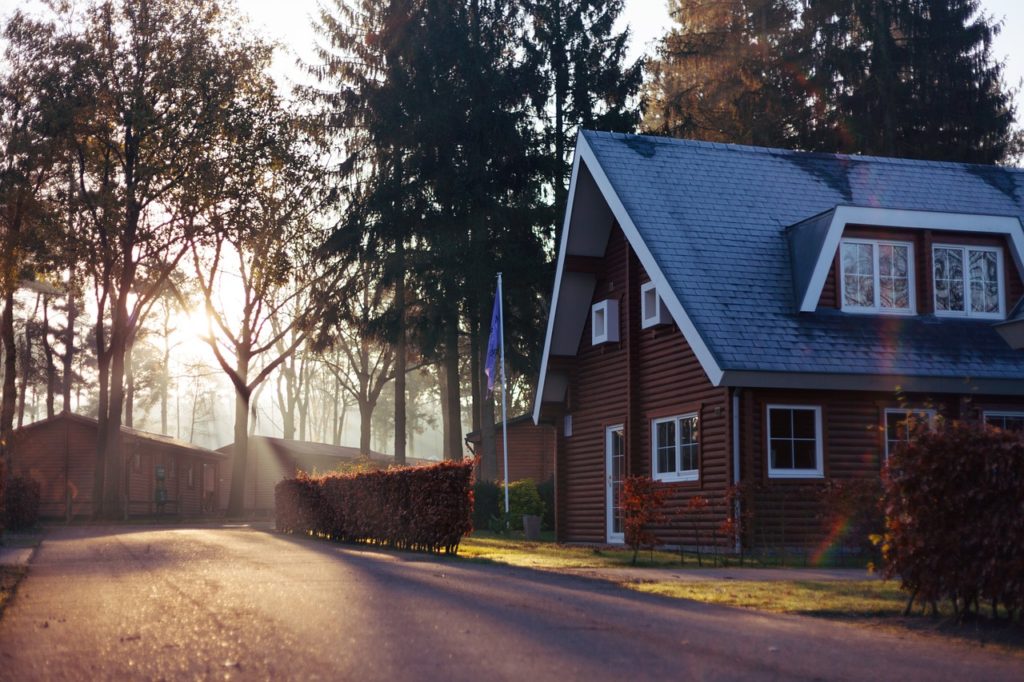Although it probably isn’t the most interesting decision you will have to make as a homeowner, the type of roofing you decide on will be a very important one. The best roof for you is the one that will offer protection for everything that’s placed beneath it. Three of the most common options for roof materials are tiles, slate, and shingles. This article will discuss the unique benefits of each.
The Tile Roof
This kind of roofing material is most commonly seen in sunnier southern regions of the country, as tiles offer natural protection from the sun and are also fire-proof. Tile roofs also do not decay or rot in the presence of water, nor can they be used by insects for food. It is these properties which make roof tiles able to last for 50 years or more.

Tile roofs also offer high insulating value due to the presence of air gaps that exist between tiles and roof decking. A wide variety of sizes, colors, and shapes of roof tile are available.
Higher energy efficiency is usually the result when a highly-reflective tile roof installation is chosen. These tiles can also be made to look like slate, wood etc.
The Slate Roof
Slate offers very high durability as a roofing material. This natural stone can last indefinitely and is available in many shades and shapes. Like tiles, slate is also fire-proof and environmentally friendly, both because of its longevity and the fact that it is a material that can be reused without the need for additional processing.

This type of roofing material is also not vulnerable to water and rot, nor does it attract insects, and has very low maintenance requirements. In all cases for tiles or slate, make sure your roof can handle the extra weight. All of the above products are class A fire retardant.
The Shingled Roof
Asphalt is among the most popular forms of shingled roof. However, shingles are also available in wood and metal, among other materials. Asphalt or composition shingles consist of a cellulose or fiberglass backing and granules of asphalt or mineral material.
Easy to work with and install, asphalt shingles are preferred by many do-it-yourselfers. They are available in architectural, laminated, and three-tab styles, and have a lifespan of between 20 and 30 years.

What to Think About When Choosing Roofing Materials
Beyond the type, style, and color of your roof, you also need to take other factors into consideration. You will, for example, need to know whether a particular type of roofing material is required in order to meet the building codes of your area.
Another consideration to be made is how long you plan to live in your home. If you plan to spend a lifetime with your roof, it’s likely that more expensive roof materials like slate will pay for themselves. If you are moving soon, a more economical choice of roof material may benefit you more.
Your roof’s pitch, as well as its proximity to trees, will be two other considerations to make. Finally, it’s important to inspect your roof’s warranty closely so that you know which conditions and items are covered, and which are not.
The careful consideration of the above items will reduce the cost and likelihood of premature material failure and replacement, as well as provide you with peace of mind.
